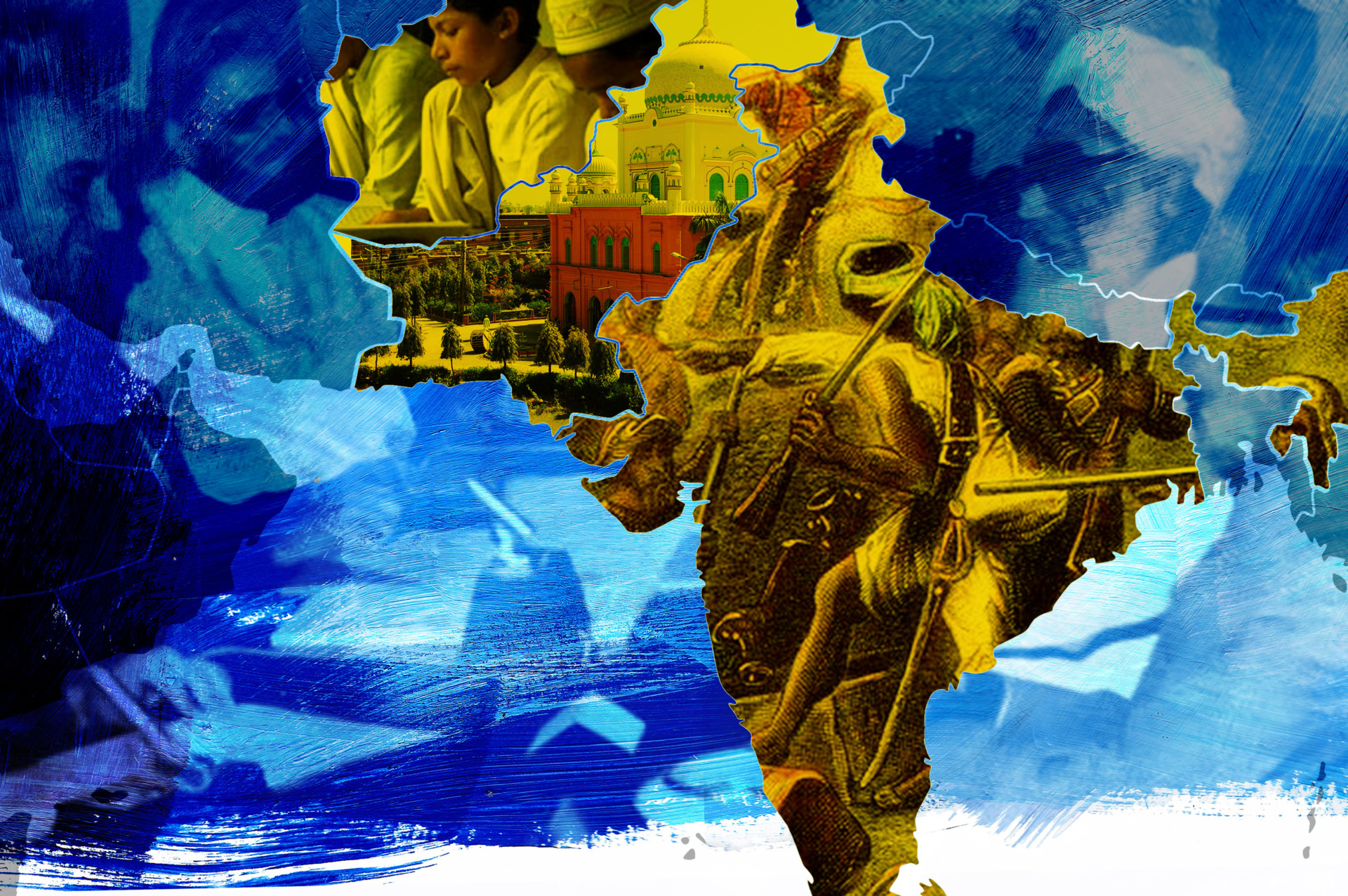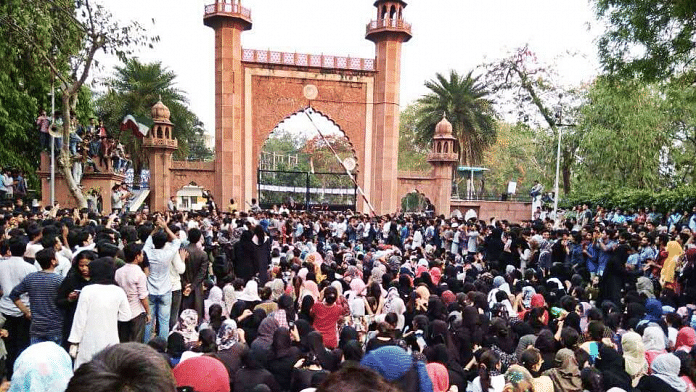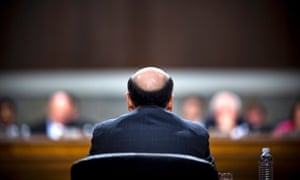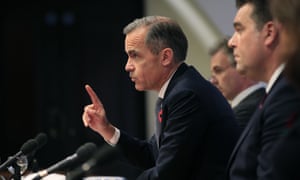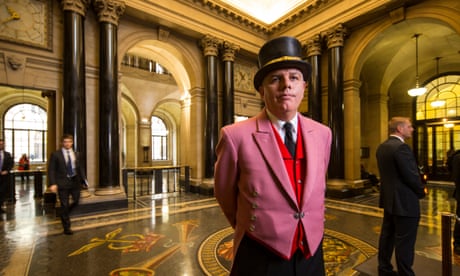Jaitirth Rao in The Print
There has been quite a bit of noise about the current dispensation being against what is referred to as “civil society”. One expects this kind of diatribe from illiberal Lefties. But such is the stranglehold of these ideas and ideologies that this slanted view has now started gaining wider traction. The principal objection seems to be that the Foreign Contribution Regulation Act 2010 is being weaponised against some NGOs. This and related issues are worth examining in some detail.
When the Congress-led UPA 2 introduced draconian provisions in the FCRA law in 2010, I had gone on record opposing it. My article on that issue is available in the public domain. I mention this because I want it to be clear that I am not the usual adversary — the “fascist” supporter of the FCRA.
The FCRA is supposed to regulate foreign contributions. It has a provision that if foreign funds are received by an NGO, then the latter is required to use it for its own charitable purposes. The funds are not to be diverted to other NGOs or charity organisations. Based on the advice of some dubious and clever chartered accountants, some NGOs, instead of making contributions to other non-profits — which they are now prohibited from doing — have come up with an “innovative” solution. They are “paying” other NGOs for “services”. These services are usually in the grey and ambiguous domain of “consultancy”. Now, clearly, the NGOs are trying to “indirectly” achieve what the law prohibits them from doing “directly”.
None of these NGOs are babes in the woods. They are acquainted with common law cases. There are hundreds of cases in the US, a country close to the purse strings of these NGOs, saying that it is impermissible to do indirectly what is not permitted directly. How can it be that if the Indian State invokes a common law principle so clearly enunciated in the US, it suddenly becomes a fascist enemy of decent NGOs? As it turns out, virtually all the regulatory action against foreign-funded NGOs has been for this reason.
Don’t tread where MNCs failed
As someone who has dealt with tax authorities in nine different countries over the last 49 years, let me assure the clever chartered accountants advising these NGOs that corporations and banks have been experimenting with these devices and playing with these loopholes for decades and have rarely, if ever, succeeded. The amateurish attempts by these NGOs to fool the tax department are going to get them nowhere. Where large multinational corporations (MNCs) have failed, NGOs should not tread.
Several ill-advised NGOs have gone one step further. They have tried to pretend that contributions received from their foreign donors have not been donations but payments for the elusive consultancy services rendered by their Indian arms for their foreign payments. Such obviously foolish attempts are bound to get them into trouble. There is no point in complaining after the fact.
Foreign-funded NGOs are welcome in our country if they wish to perform “charitable” acts like helping the visually challenged, the terminally ill, or the differently abled. As a country, we have been reasonably kind in supporting causes like leprosy alleviation or livelihood creation, even if the ultimate aim behind these good deeds has been religious proselytisation. In this regard, we have gone against the dictums of MK Gandhi who vociferously opposed “do-good” missionaries. But when foreign-funded NGOs start getting involved in political lobbying in India, we have a problem.
Some of us are old enough to remember that the Central Intelligence Agency (CIA) subsidiary, the NGO known as the Congress for Cultural Freedom, funded Indian magazines like Quest in the ’50s and ’60s. Some of us have also read the testimony of Soviet Union archivist Vasili Mitrokhin who regularly made sure that more copies of Russian translations of Hindi poets were printed and “sold” than their Hindi originals. This too happened in the ’50s, ’60s, and ’70s. Again, some of us remember that the head of the Ford Foundation in Delhi could get on to Jawaharlal Nehru’s calendar easily and that some of our tragicomic policy initiatives came from this august institution. Foreign-funded NGOs trying to tell us what taxation policies we should follow are really pushing their luck. And that is exactly what several of them have done before and are doing right now. Fortunately, one of them is now under a regulatory scanner. The Indian State, as is usually the case, has been dilatory. But better late than never.
The anti-State menace
Foreign-funded NGOs and foreign media have been against the Indian State and any strong dispensation for more than 70 years now. They prefer pusillanimous clientelist governments in India. They pilloried Panditji for his soft stance with the Soviets during the 1956 Hungarian revolution. They are now upset that we are not as anti-Russia as they would like. They have also made a devil’s bargain with blatantly Islamist organisations such as the US-based Council on American-Islamic Relations (CAIR).
This is why they prefer to refer to Indian Muslim gangsters as politicians. They talk of trigger-happy police officers in India. There are, of course, no such officers in the US. They prefer to characterise the Citizenship (Amendment) Act 2019 as obnoxious and anti-Muslim. I beg to differ. The Act is in favour of persecuted religious minorities in India’s neighbouring countries. These NGOs and the media do not bleed for Sikh shopkeepers, Hindu girls, and Parsis in our neighbourhood. They support the quixotic “farmers’” agitation in India when everybody knows that it was a “middle-man” affair. And they are silent about Canada’s blatant persecution of its truckers.
Let us now revert to our own domestic uncivil society. Under the previous dispensation, a bunch of impractical Lefties got together. They had never run factories or created jobs but managed to ingratiate themselves with the powers that were and became members of the pompous National Advisory Council (NAC). Their “advice” usually resulted in the active sabotage of the intelligent policies that Manmohan Singh was trying to implement. One feels sorry for Singh, who had to constantly look over his shoulders to avoid being bitten by this overweening Dracula. The combined NGO menace got so bad that the hapless former PM, in an interview to Science journal, blamed American NGOs for sabotaging the India-US nuclear deal, which had the support of the elected governments of both countries.
The simple fact is that the so-called civil society NGOs, who had support from the NAC and who could defy Singh quite easily, are now defanged and stand without protection. All that they can do is write strong pieces in the English press in India and appeal to their patrons in foreign papers to give them some oxygen. There is an old English saying: “They say, let them say…”
Call them by their right name
It is interesting to note that for the illiberal Left, references to “civil society” almost invariably mean references to NGOs, many with explicit political agendas. Are Sangeetha Sabhas, Bhajan Mandalis, regional associations (like Kannada Sangha in Mumbai, Maratha Mandali in Chennai, Odiya Sahitya Sabha in Bengaluru, Durga Puja Association in Pune), and traditional charities (like the Red Cross, Saint Judes, National Association for the Blind) not part of civil society? If any of them run afoul of tax authorities, will there be any media coverage? The French traveller Alexis de Tocqueville makes reference to voluntary organisations as being central to the American democratic experience. To this day, more the three-quarters of the fire brigades in American small towns and suburbs are manned by volunteers. Churches and synagogues organise charitable activities. Rotary, Lions, and Giants clubs are part of civil society as also oddly enough is the Masonic Lodge.
All of these institutions derived their funding from members of their immediate physical communities. This is the civil society that de Tocqueville praised. He would be shocked if told that quasi-political lobbying groups who obtain money from foreign countries in order to influence American politics were to be referred to as members of the voluntary, citizen-supported civil society, which he held up as exemplars of grassroots democracy.
We need to get our vocabulary right and refer to political lobbyists by their correct name. Our ancients told us that getting the right “nama-rupa” or “word and form” will automatically make our arguments solid. When we revert to that tradition, it will be clear that genuine members of civil society are not complaining. Political lobbyists are indulging in grievance-mongering, which I hope and pray we quietly ignore.
